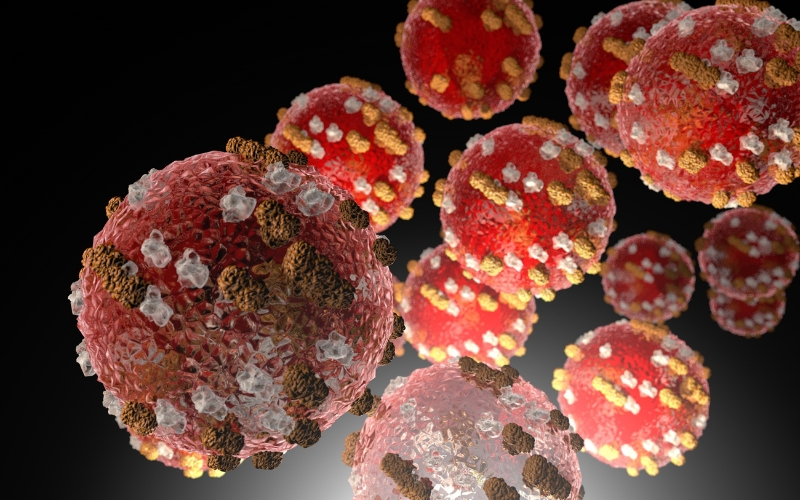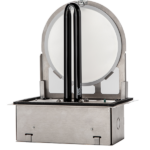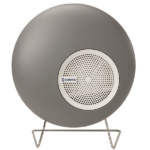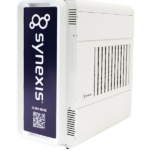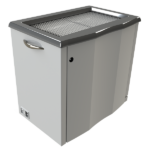Whether you’re a frequent diner or just pop in occasionally, quick-service restaurants (QSRs) play a big role in the world of restaurants. Over the last few years, the issue of Indoor Air Quality (IAQ) and Indoor Environmental Quality (IEQ) has gained steam, but it’s been important to businesses for, well, ever. The fact that businesses, and restaurants in particular, have recognized the importance is a great thing for employees and customers alike. Synexis works to provide air purification for restaurants and other facilities to help improve IEQ, but let’s focus on restaurants, as QSR Magazine did recently.
Benefits of Improving Indoor Environmental Quality in Restaurants
Customer Comfort and Trust
With public awareness regarding IAQ and IEQ surging, customers now associate it with overall quality and hygiene. A comfortable and clean indoor environment ensures that customers don’t experience issues like headaches, breathing issues, or even increased allergies during their visit. That fosters trust and loyalty to know that a restaurant is taking diners’ interests into account.
Employee Morale and Safe Environment
Cleaner air and surfaces are important for employee well-being as well. Unhealthy air can lead to so much, including absences and even claims against the company. By utilizing the tools to provide a cleaner environment, restaurants can create a safer and healthier working environment. This can boost overall morale and take stress off employees who either need to work additional shifts to cover for those out or simply stretch to cover a missing employee.
Global Environmental Impact
On a much larger level, effective IEQ management has a positive impact on the overall environment. By controlling pollutants indoors, restaurants can help contribute to a cleaner and healthier planet.

Factors to Influence IEQ in QSRs
Ventilation
HVAC systems are big in maintaining good IEQ by circulating clean, fresh air, and blocking pollutants. Proper ventilation can help with the removal of unclean air from both the kitchen and dining areas.
Filter Care
Regular maintenance is so important to prevent the worsening of air quality. High-efficiency filters with scheduled changes and cleanings are crucial for effective IEQ management.
Gas Ranges
Not every restaurant utilizes gas-powered ovens and stoves, but many do. They are a big contributor to air pollution. Induction or electric ovens provide their own set of issues, but they are better for IEQ.
Temperature and Humidity
This is one of those issues that is pretty tough to control in a restaurant, particularly the kitchen. High temperatures and high humidity can influence the spread of IEQ factors like mold and other Volatile Organic Compounds (VOCs). As best as possible, restaurants should work to manage humidity to prevent the transfer of airborne illnesses and the growth of mold.
Prioritizing IEQ in quick-service restaurants is more than a necessity. It’s a responsibility to customers, employees and the environment as a whole. With the implementation of technology like what Synexis offers with Dry Hydrogen Peroxide (DHP®), restaurants can add a layer of protection to help all who step foot in the building feel better about it. With a continued focus on health and sustainability, seeing what Synexis can do in the world of restaurants and food service is a big step any organization can take to make that focus a priority.
To speak with an IAQ expert from Synexis, fill out this form and we’ll be in touch as soon as possible.
To learn more about Synexis, click here.




